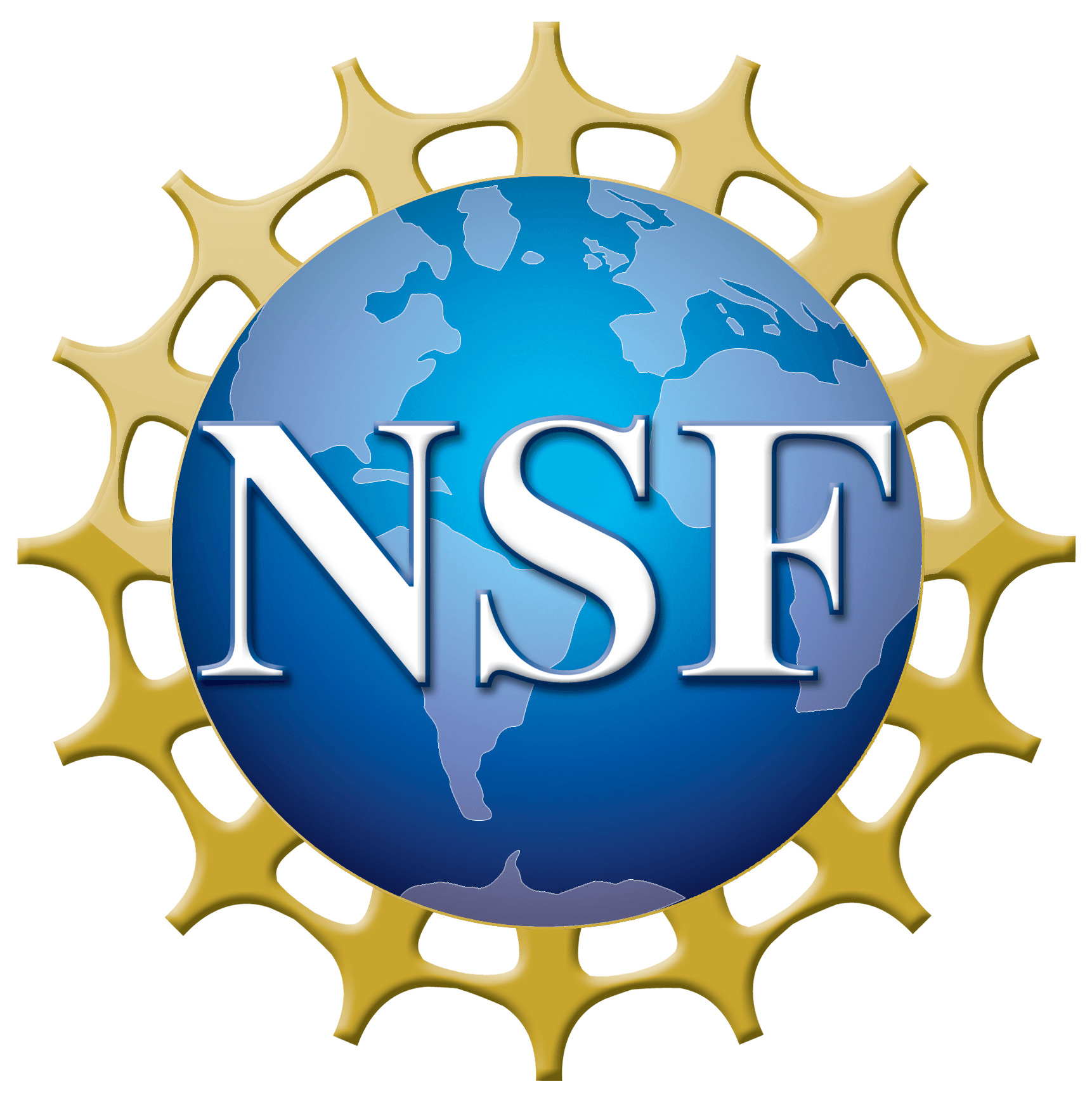The asteroid and Kuiper (or “Trans-Neptunian Region”) belts are composed of remnant material left over from the formation of…
Select :
AsteroidsBlack HolesCareers in AstronomyCelestial EventsCometsConstellationsCosmic DistancesCosmic Microwave BackgroundCosmologyExoplanetsGalaxiesGravity WavesHoaxesMoonPhysicsPlanetsRadio AstronomyScientific MethodSETISolar SystemSpace ProbesStarsSunTelescopesUnexplained Celestial Observations
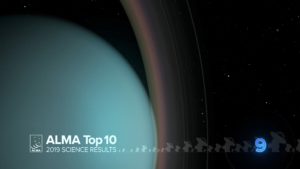
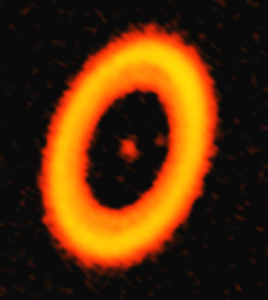
How to Calculate the Orbital Period of a Comet Given its Closest and Furthest Orbital Distance
Given the minimum and maximum distance of the orbit of a comet in an elliptical orbit, you can use…

How to Visualize the Solar System as the Earth Orbits the Sun
I think that what you are looking for is a way to show what the orientation of the Sun…
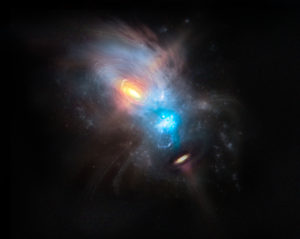
Object Near Venus in the Sky in March 2020?
The only reasonably bright object near Venus right now is the Pleiades, but this open cluster is about 7…

How Do We Know That The Earth’s Rotational Axis Is Tilted By 23.5 Degrees Relative to its Orbital Plane?
The fact that we have seasons on Earth tells us that our planet does not rotate on its axis…
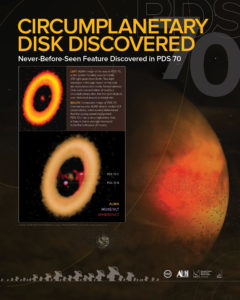
Can Two Moons Which Orbit a Planet Eclipse One Another?
Yes, two moons orbiting a planet can eclipse one another, but I think it would be difficult for the…




